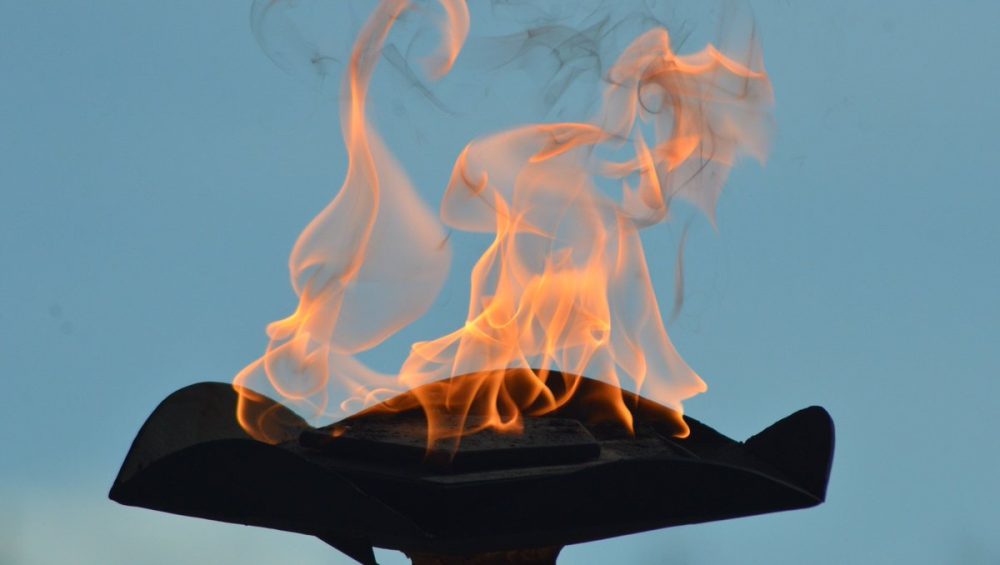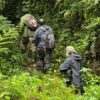The civil war in Rwanda ended in July 1994 after a period of 100 days. In the years following this civil unrest, the people of Rwanda have always remembered those killed in the 1994 genocide every year on the 7th of April in a commemoration known as “Kwibuka”.
The conflict started on April 7th when a plane that was transporting the then President of Rwanda Juvenal Habyarimana, a Hutu was shot down. The Hutu extremists launched plans to wipe out the entire Tutsi population. In just 100 days about 800,000 people were slaughtered in the country.
With diligent organization, a list of government opponents was given out to militants who went and killed them along with their families. Neighbors would kill neighbors and some husbands were forced to kill their Tutsi wives. The Hutu and Tutsi are easily identified and differentiated. Also, at the time ID cards would have people’s ethnic groups, so roadblocks would be set and the Tutsi would be slaughtered with Machetes. Thousands of women would be taken and kept as slaves for sex, local groups knew where to find their targets, and a radio station was set up, for the propaganda and information spreading.
Trying to Stop it
The UN and Belgium Forces in the country (Rwanda) were there but were not given the mandate to do anything. The US didn’t get involved too, because after what had happened in Somalia. 10 of the Belgian Peace Keepers were killed and this made the Belgians pull out too.
The French are blamed for not doing enough to stop the slaughter but instead, their forces were evacuating their people to a safe side as they were allies of the Hutu Government.
The end
By the 4th of July 1994, the Rwanda People’s Forces (RPF) together with Uganda People’s Defense Forces (UPDF) seized a bigger territory and marched into Kigali. Some of the people that were involved in this ethnic tension, fled to D.R. Congo which was then Zaire for fear of the Tutsi’s revenge.
The ICC was set up in the year 2002, after the massacre to put to trial those who were responsible. But the UN Security Council set up the International Criminal Tribunal for Rwanda in Tanzania’s town-Arusha. About 93 were indicted and after trials, dozens of senior officials who were part of the Hutu regime were convicted of Genocide.
Rwanda Now
The current government has been applauded for transforming the tiny country, setting policies, and has made rapid economic growth. Rwanda is now an active tourism country and a technological hub. Genocide is a very sensitive talk, in the country, talking about ethnicity is illegal and the country is now about reuniting and renewing.
Today, every April 7th, at the Kigali Genocide Memorial, a flame of remembrance is put up and it burns for 100 days. Flowers are placed on the mass graves where 250,000 victims of the conflict were finally rested.
GENOCIDE MEMORIAL SITES IN RWANDA
Ntarama Memorial
5000 people lost their lives here. On the 14t of April 1995, the church was converted into a genocide memorial and dedicated to the people that died there. It contains remains of humans, artifacts, and some of their belongings, clothing of those that were killed, are all on display here.
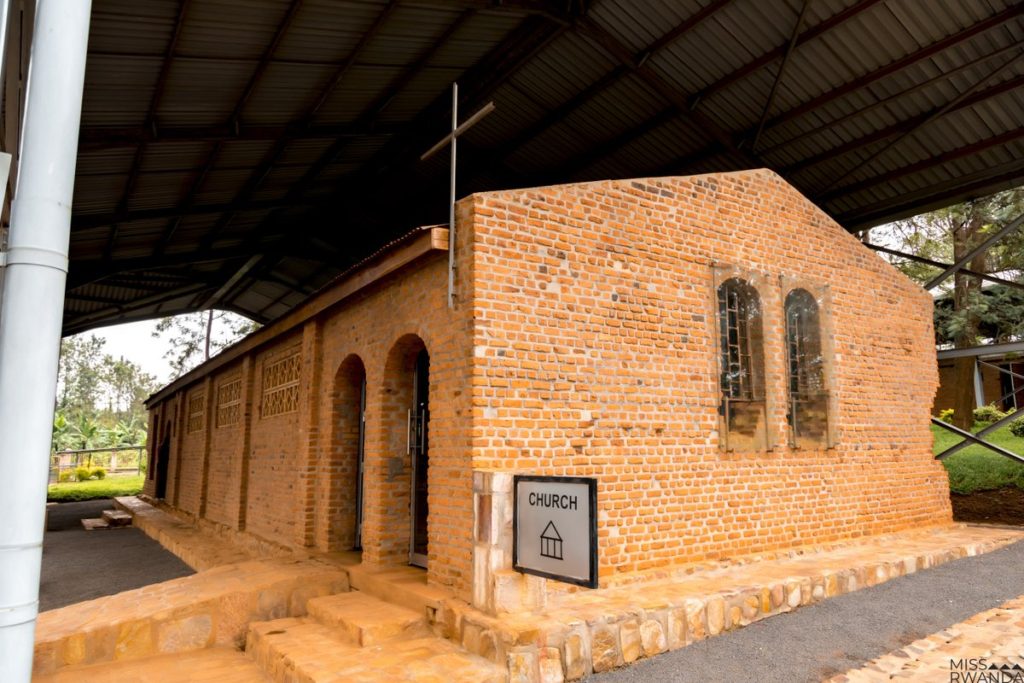
Bisesero Genocide Memorial
This is where there was the most resistance. It is also known as a memorial of resistance. People would come here to take refuge in Bisesero. Killings increased day by day and the resident that was here were prepared enough to fight the extremist.
Read more here.
Murambi Genocide Memorial Site
This is in Murambi Village, in the Gasake sector, Nyamagabe district. It is 126km from Kigali city. Read more about Murambi here.
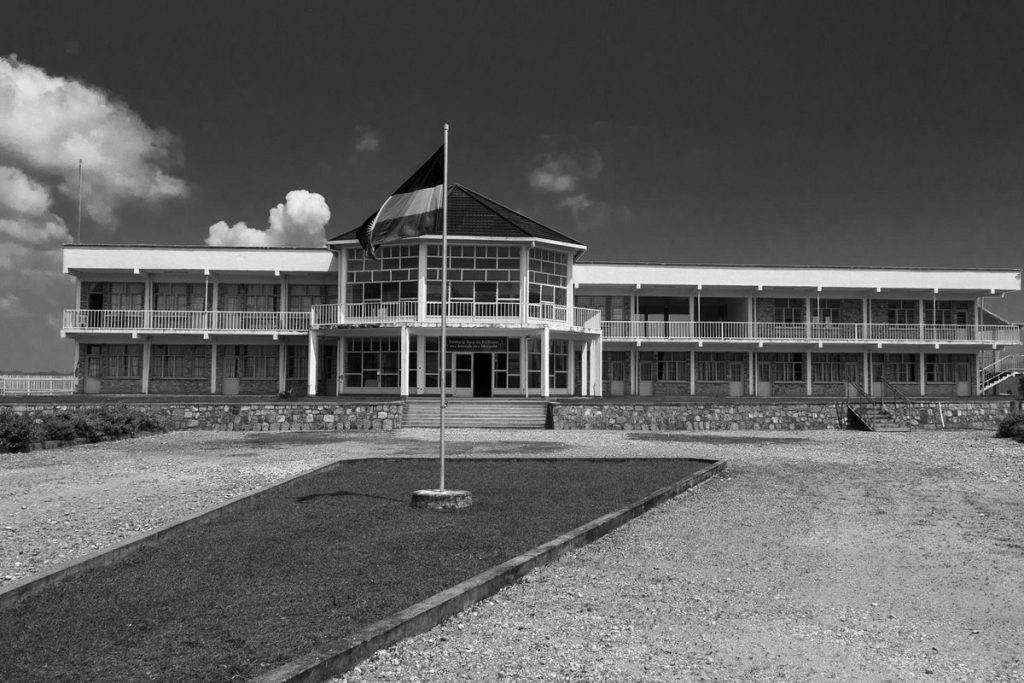
Nyamata
The largest population of the Tutsi in the north and south were deported here. The land was barren and infested with tsetse flies. By 1980, it was habitable, and a church was set up for worship. Over 45000 people sought refuge here and were massacred in one day. The catholic church or government agreed to count it as a memorial site.
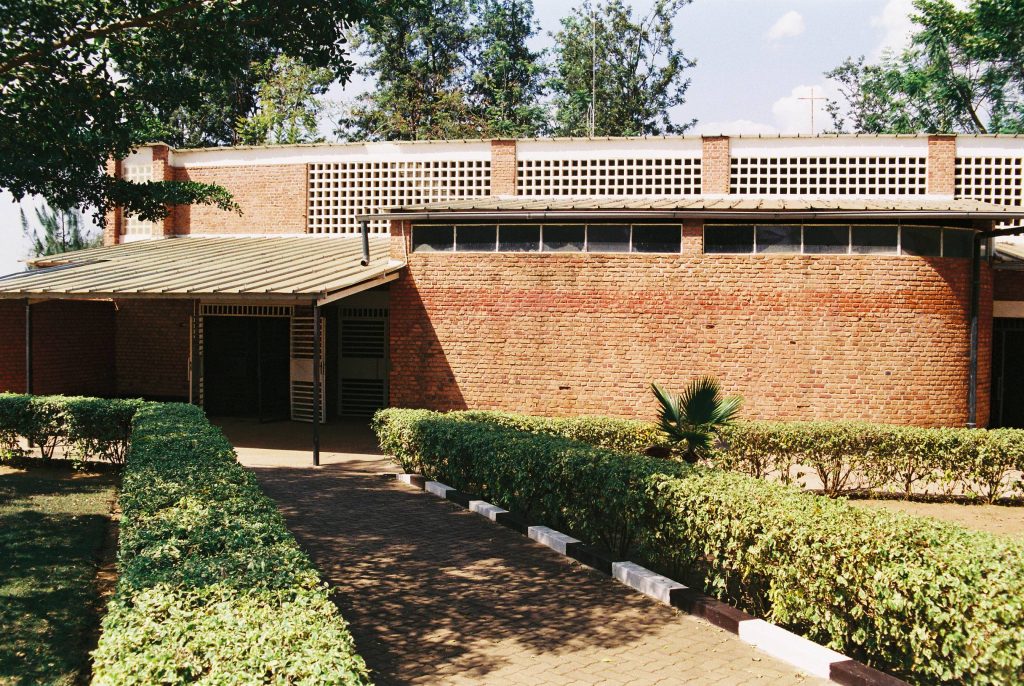
Nyarubuye
This is in Kirehe district 35km south of Kibungo town. A nunnery, with a school, and church was hosting around 20,000 people. These were killed between the 14th and 15th of April 1994.
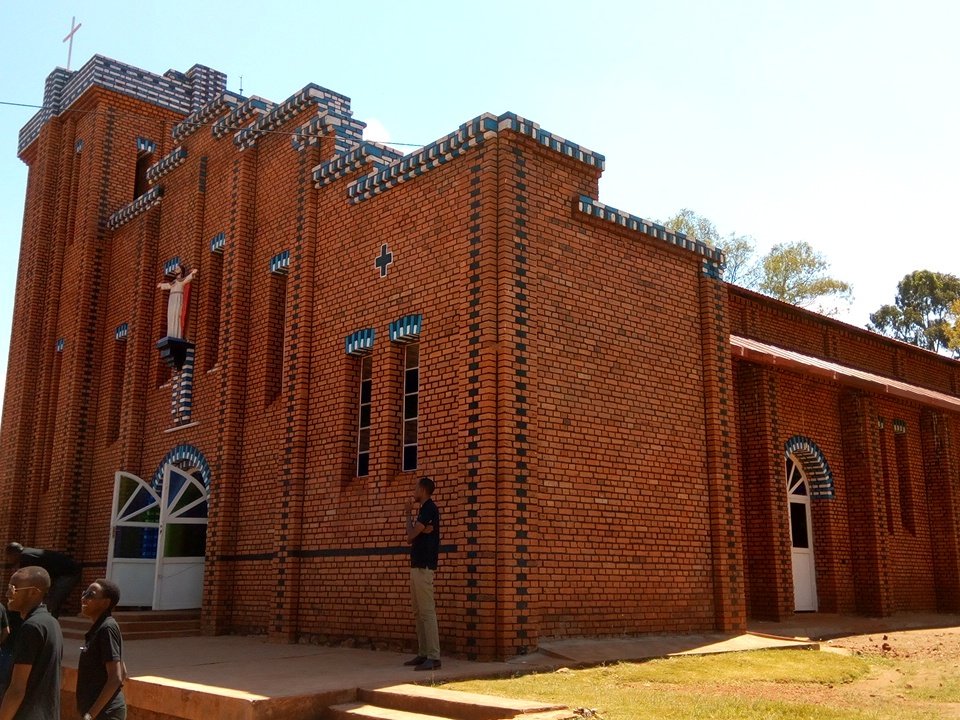
Kigali Genocide Memorial
This is the largest and most famous of all the memorial sites. It is a final resting place for over 250,000 victims of the genocide. The center has 3 permanent exhibitions, that document the happenings of this conflict. The bodies buried here were brought from different places around Kigali city. It was inaugurated in April 2004.
For more about it read here.

When traveling around Rwanda, you can pay respects to the fallen victims at any of these sites. For those starting in Kigali, you can start with a visit to the Kigali Genocide Memorial. The story was dark but inspired living together (unity) among the people of Rwanda.
A look at some of our Rwanda Safaris

